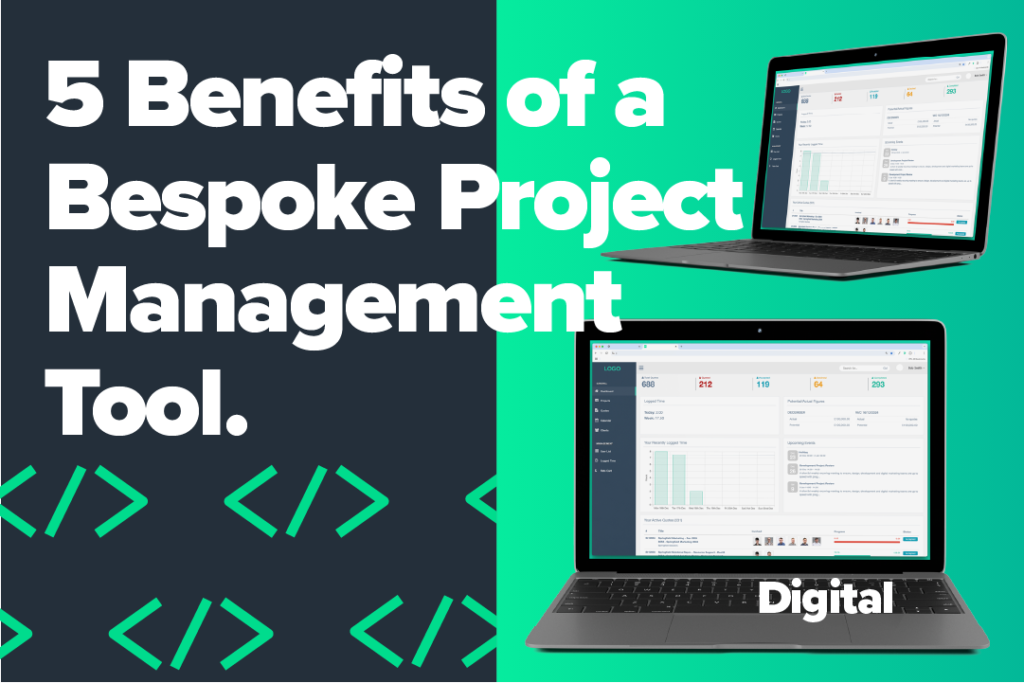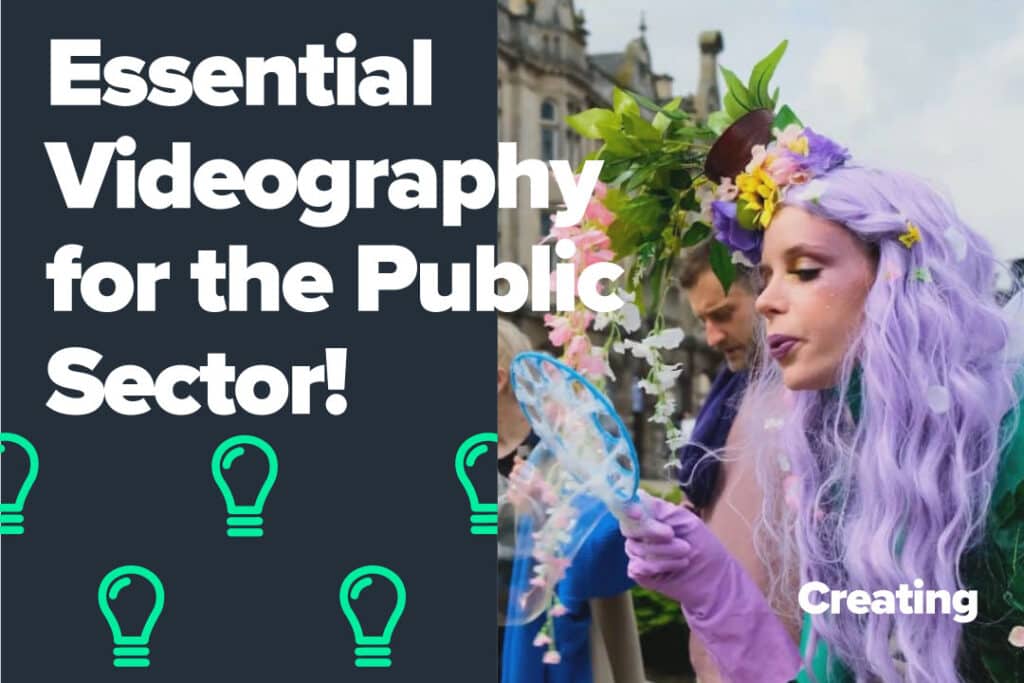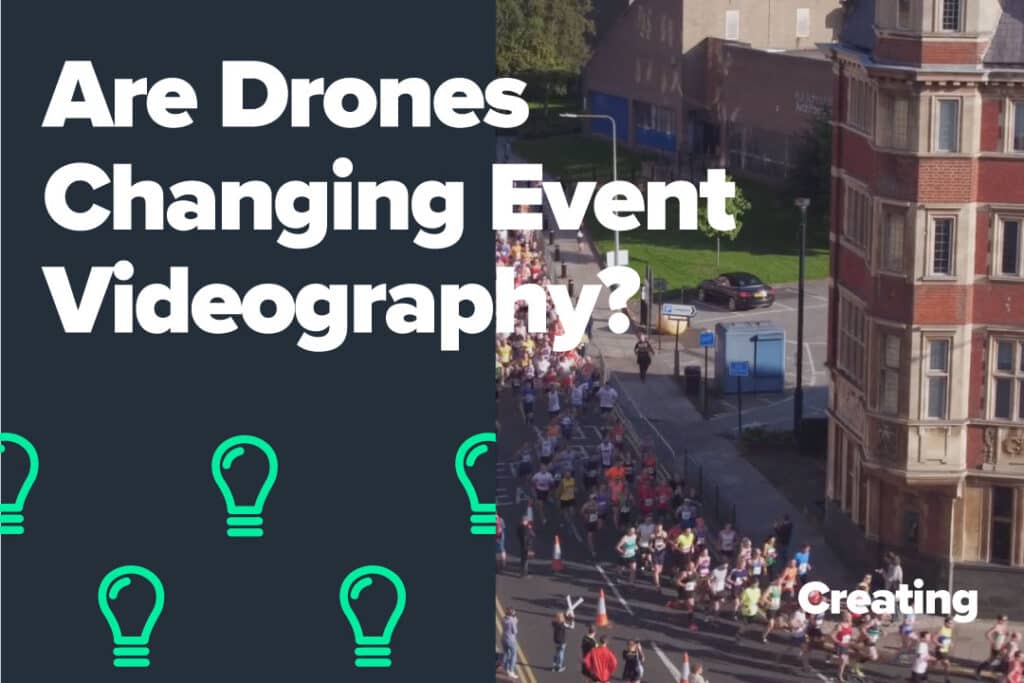Have you ever wondered what goes into creating an animation? Well, our design team have shared 5 keysteps to producing, not just a good, but a great animation.
1. Storyboarding
Storyboarding is a pivotal part of any animation project. It’s essentially the blueprint of the animation, and it offers us the chance to showcase our design to the client by adding visuals to the brief or script.
This step also gives the client a greater idea of how they want to visualise their information, and at this point it’s important to iron out any creases. We want this step to be a brainstorm and feedback session between us and the client, with discussions leading to a decision about the type of animation that will be best to use for the project, whether that be 2D, 3D, Stop Motion etc.
2. Animatic (Optional)
Animatics can be useful to gauge timings, and if a client is struggling to understand pacing, then they’re an essential tool for any animator during the production planning stages, although not always necessary.
3. Visualisation (Optional if 3D animation required)
Occasionally the client will want to see visualisations of the 3D assets to ensure that the animation is produced to a standard that they desire. It’s important to nail low resolution renders at this stage as these will be used in the final animation (and if they’re nailed, it’ll save render times further down the line). Showcasing the look and feel of images at this stage, also gives the client a visual progress update.
4. Animation of assets
Here, we need to separate the document into layers as per what objects need animating independently, making changes to various elements of the animation like scaling, positioning, rotation or opacity; to more complex aspects like the puppet tool and/or DUIK.
5. Voice over and sound design
Once the client is completely happy with the animation, we’ll then hire a professional voice artist to record their reading of the script. Once the voice over has been filmed, the animation is edited and re-timed where needed to fit the professional voice over, which then gives the animation a more premium feel.
Sound design is then added to the animation to give it depth and a more textured feel. Sound design consists of music and ambient sound, created by producers or sound engineers, in order to bring to life various elements and scenes, making the animation more engaging.
If you want to chat to our team about an animation project that you need help with, then drop us a message.






